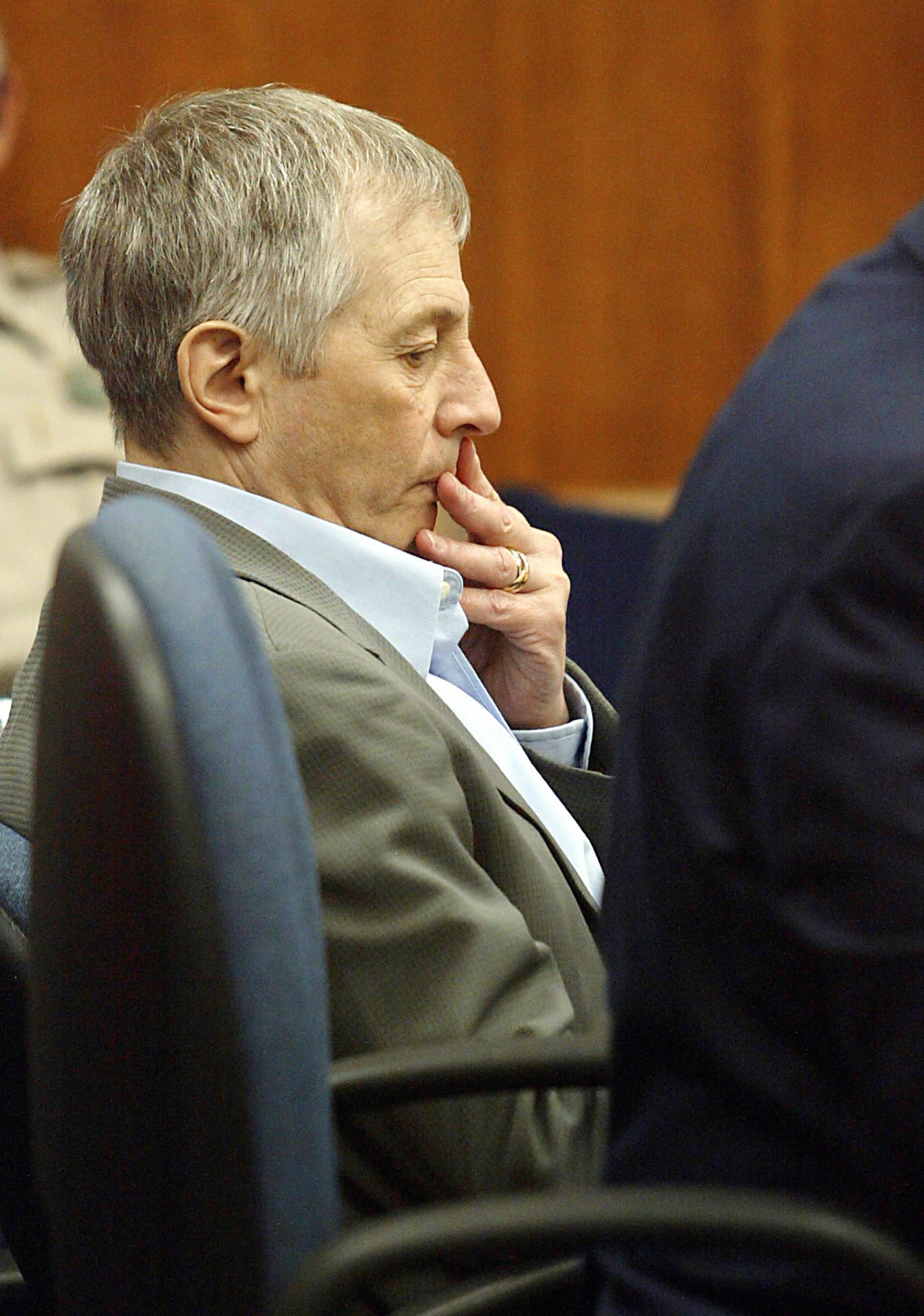Read all Slate’s coverage of The Jinx.
Last night, HBO aired the finale of its true-crime miniseries The Jinx, just one day after a grisly and bizarre chapter in the real-life saga of the show’s subject also came to a close. Robert Durst, who has long been a suspect in the 2000 murder of his friend Susan Berman, was finally arrested on Saturday in connection to her killing. It was a startling turn of events for the Manhattan real-estate scion, and one that occurred off-camera—as did the bombshell revelation at the show’s end.
The Jinx, created by Andrew Jarecki, has been compared to Serial relentlessly since its premiere, in that both have earned considerable acclaim and raised the profile of the true-crime genre while greatly expanding on its possibilities. But their endings shed light on how fundamentally different these shows actually were all along.
In Serial’s notoriously divisive final moments, we were not much closer than when we began to knowing whether or not Adnan Syed deserved to spend his life in prison. Even the basic facts of the case remained murky, and, upon closer examination, they often seemed to become even murkier. Teasing apart just one strand of someone’s testimony would frequently send the whole narrative spinning into chaos. So, in the end, Koenig made no hail-mary attempts to prove guilt or innocence. She allowed the loose ends to hang where they may and focused on cultivating mindfulness around our slippery understanding of truth and fact.
The Jinx, though, was not ultimately a meditation on the nature of truth and fact. By the end it seemed less theoretical, more human. Just before the screen fades to black and the credits roll, Durst appears to admit his guilt at last. “What the hell did I do?” he mumbles to himself in a hot microphone in a hotel bathroom. “Killed them all, of course.” It was an eerily satisfying ending on both a narrative and moral level—but since Jarecki had the luxury of knowing his end at the outset, it was one that appeared in retrospect to have been neatly preordained from the start. Over the course of five episodes, Jarecki has been steadily, meticulously priming his audience for the knockout punch he executed last night.
For most of the miniseries, Jarecki was mostly operating at a certain remove, dutifully playing the role of the objective journalist digging up the facts for his viewers: sifting though documents, calling sources, keeping himself minimally involved in the action aside from a few memorable shots of his goatee during interviews with Durst. Arguably the most invasive thing he ever did was show up at a charity function for Bob Durst’s older brother Douglas—who had previously declined to be interviewed—and waylay Doug with a camera. Throughout the series, he made a show of withholding judgment as much as possible. But as Willa Paskin has observed, that’s just the character Jarecki created for himself. From the very beginning, the other Jarecki, the man with control over the editing suite, has had plenty of theories and opinions about Durst. And he voiced them—just not always through his own mouth.
Knowing how his series would end gave him the ability to foreshadow in ways small and significant. In Episode 3, before the events leading up to the finale’s revelation begin to unfold, he depicts Susan Berman’s murderer in a re-enactment strolling to a mailbox and delivering the fateful “cadaver” letter. We can’t see the killer’s face, but we can see that he carries himself with a distinct gait, a slight hitch in his step—which is unmistakably reminiscent of Durst. And brilliantly, of course, there was the moment with the hot mic in an early episode in which he was caught quietly rehearsing lines about his own innocence until his lawyer intervened to tell him his mic was on.
Unfortunately for Koenig, provocative disclosures from her main subject on the level of “Killed them all, of course” never fell into her lap. Nor did she have the benefit of a visual medium, in which a reaction shot to an uncomfortable question might help guide listeners closer to the truth. Robert Durst’s inadvertent physical response to being asked about the “cadaver” letter is—a massive burp—is incredibly distressing to watch.
But that moment was so shocking not just because of the unbelievable revelation it seemed to contain, but because Jarecki had dramatized his own relationship with the suspect so plausibly and affectingly. The Jinx essentially presumed Durst’s guilt from the beginning, but it still managed to humanize him, if uncomfortably, at every turn. And what helped make the series’ end so powerful was Jarecki’s anxiety at how “cold” it would seem when they cornered Durst; his nervousness in trying to track Durst down for the final interview; the way he offered the photo of Susan Berman to Durst and quietly said “I want you to have it,” as if somehow trying to atone.
With Koenig, we experienced her breathless excitement at Adnan’s calls, her eagerness at his disclosures, the way her feelings for him seemed to swing somewhere between frustration and affection. But Adnan was smooth-talking, confident, building a second life in prison. Durst, a free man, seemed from the beginning crushingly lost and alone. So when we heard him mutter to himself in the bathroom, it was terrifying and incriminating, but it was also the semi-incoherent mumbling of a disturbed old man. He had never seemed more pitiably human. For a show that dealt so much with the visual language of guilt, the bodily tics and the physical clues, it’s notable that the shocking final moment was a bit of sightless audio without any images at all.
